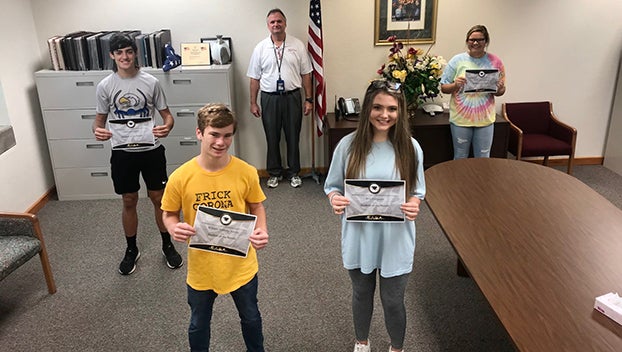Perdido 5th graders build parachutes
Published 12:00 am Wednesday, October 14, 2015
Fifth graders in Mrs. Jill Jones science class recently put their knowledge of eight science and engineering practices to use in creating parachutes. The assignment was to build a parachute that would safely land a raw egg.
To begin with, students asked questions and defined the problem; how to design and build a parachute that would allow them to drop a raw egg from a specific height and not break it.
After forming a hypothesis, which was the next step, they developed a model based on their hypothesis. Building the prototype, the students tested it with a weight, which was close to that of an egg. Students then collected data from their prototype tests, analyzed the data, and made necessary modifications to their parachutes.
Once the real parachutes were complete, the students tested them using raw eggs; which was their favorite part. In order to drop from a specific height, students stood on the top bleacher to drop their egg-loaded parachute. Each student had a partner who, using a stopwatch, collected data such as length of time aloft and whether or not the egg survived intact. Using this data, students were able to determine the validity of their hypotheses.
Evidence shows that hands-on instruction has a long and successful legacy in the sciences and math. Current research also supports its use in other subject areas such as: social studies, history, and English. By using hands-on instruction, educators are fostering the 21st century skills that students need to be successful: critical thinking, communication, collaboration, and creativity. Hands-on activities encourage a lifelong love of learning and motivate students to explore and discover new things. Hands-on experiments such are not only fun for students, but reinforce skills in practical real world situations.




